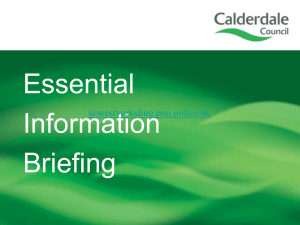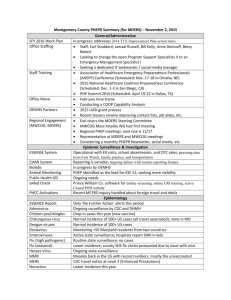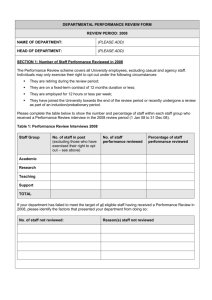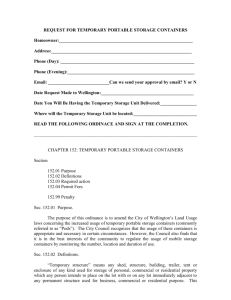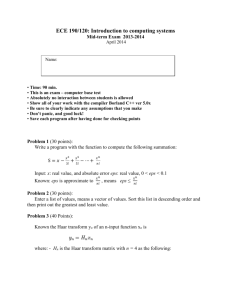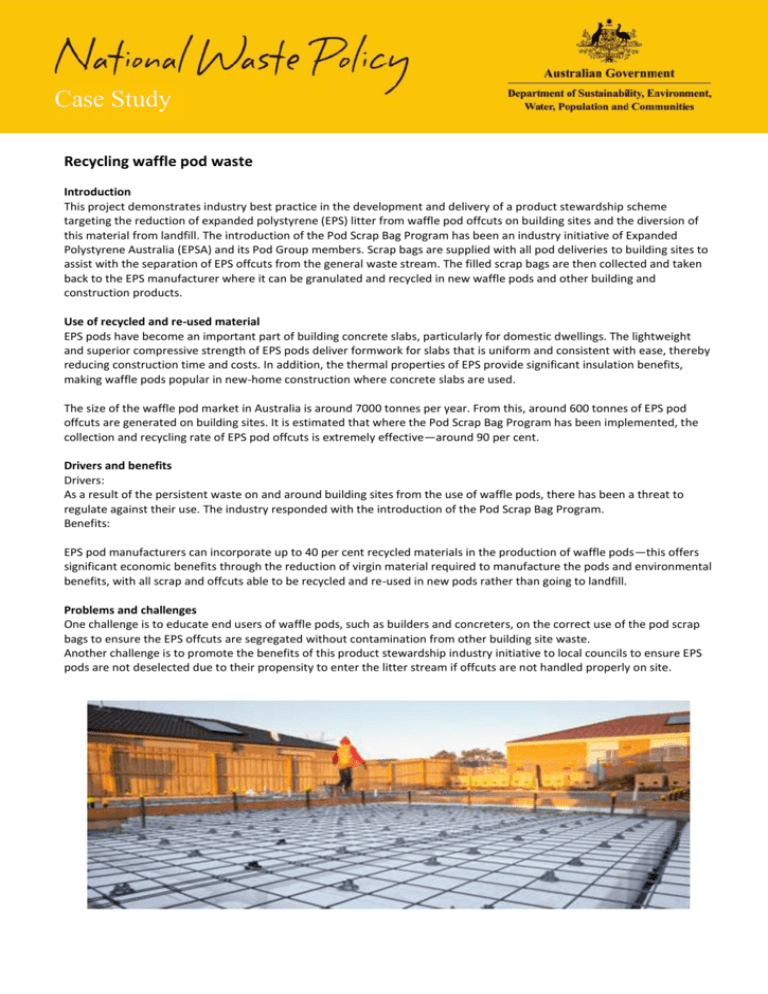
Case Study
Recycling waffle pod waste
Introduction
This project demonstrates industry best practice in the development and delivery of a product stewardship scheme
targeting the reduction of expanded polystyrene (EPS) litter from waffle pod offcuts on building sites and the diversion of
this material from landfill. The introduction of the Pod Scrap Bag Program has been an industry initiative of Expanded
Polystyrene Australia (EPSA) and its Pod Group members. Scrap bags are supplied with all pod deliveries to building sites to
assist with the separation of EPS offcuts from the general waste stream. The filled scrap bags are then collected and taken
back to the EPS manufacturer where it can be granulated and recycled in new waffle pods and other building and
construction products.
Use of recycled and re-used material
EPS pods have become an important part of building concrete slabs, particularly for domestic dwellings. The lightweight
and superior compressive strength of EPS pods deliver formwork for slabs that is uniform and consistent with ease, thereby
reducing construction time and costs. In addition, the thermal properties of EPS provide significant insulation benefits,
making waffle pods popular in new-home construction where concrete slabs are used.
The size of the waffle pod market in Australia is around 7000 tonnes per year. From this, around 600 tonnes of EPS pod
offcuts are generated on building sites. It is estimated that where the Pod Scrap Bag Program has been implemented, the
collection and recycling rate of EPS pod offcuts is extremely effective—around 90 per cent.
Drivers and benefits
Drivers:
As a result of the persistent waste on and around building sites from the use of waffle pods, there has been a threat to
regulate against their use. The industry responded with the introduction of the Pod Scrap Bag Program.
Benefits:
EPS pod manufacturers can incorporate up to 40 per cent recycled materials in the production of waffle pods—this offers
significant economic benefits through the reduction of virgin material required to manufacture the pods and environmental
benefits, with all scrap and offcuts able to be recycled and re-used in new pods rather than going to landfill.
Problems and challenges
One challenge is to educate end users of waffle pods, such as builders and concreters, on the correct use of the pod scrap
bags to ensure the EPS offcuts are segregated without contamination from other building site waste.
Another challenge is to promote the benefits of this product stewardship industry initiative to local councils to ensure EPS
pods are not deselected due to their propensity to enter the litter stream if offcuts are not handled properly on site.
Solutions
The EPSA Pod Group has participated in the Keep Australia Beautiful (Victoria) Clean Site Program to showcase their efforts
in addressing EPS scrap from building sites.
Specifications and opportunities for other projects
There are currently significant quantities of other EPS products being collected and recycled through the National Collection
Network established by EPSA. The long-term goal of EPSA is to establish a national closed loop recycling network for all EPS
products.
Contacts and links
Expanded Polystyrene Australia
(03) 9611 5400
www.epsa.org.au
Consultation
Kin-Chun Ip, Manager, Industry Development, Expanded Polystyrene Australia (EPSA)
Photo
Kin Chun Ip, EPSA
© Commonwealth of Australia 2011
This work is copyright. You may download, display, print and reproduce this
material in unaltered form only (retaining this notice) for your personal, noncommercial use or use within your organisation. Apart from any use as permitted
under the Copyright Act 1968, all other rights are reserved. Requests and enquiries
concerning reproduction and rights should be addressed to Department of
Sustainability, Environment, Water, Populations and Communities, Public Affairs,
GPO Box 787 Canberra ACT 2601 or email public.affairs@environment.gov.au
The views and opinions expressed in this publication are those of the authors and
do not necessarily reflect those of the Australian Government or the Minister for
Sustainability, Environment, Water, Population and Communities.
While reasonable efforts have been made to ensure that the contents of this
publication are factually correct, the Commonwealth does not accept responsibility
for the accuracy or completeness of the contents, and shall not be liable for any loss
or damage that may be occasioned directly or indirectly through the use of, or
reliance on, the contents of this publication.



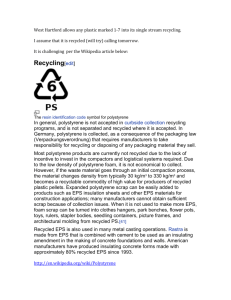
![Domiciliary Care leaflet editted_new.doc[...]](http://s3.studylib.net/store/data/007119587_1-e85760c65789a5d1ecb4c83918ba0905-300x300.png)
